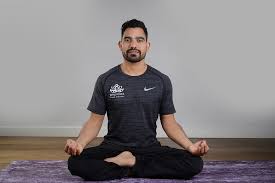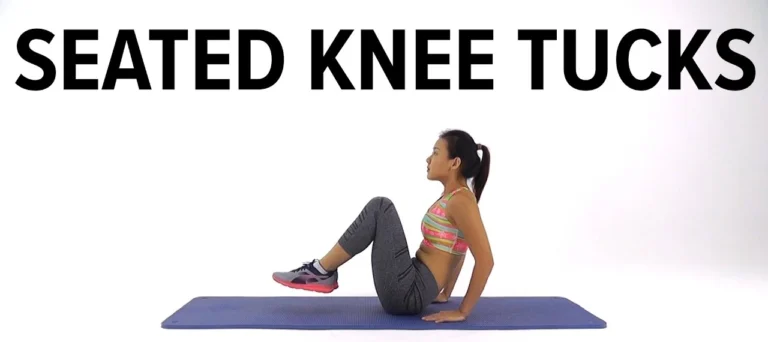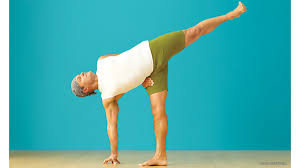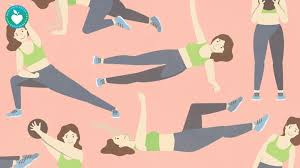Siddhasana :
Siddhasana :
Siddhasana or Accomplished Pose, is a seated asana suitable for meditation. When performed by women it is also called Siddha Yoni Asana. The name Muktasana is sometimes given to the same pose, sometimes to an easier variant.
Description:
From a seated position, one heel is brought to press on the perineum with the sole of the foot flat against the inner thigh. The body sits on top of this heel. Adjustments are made until the body is comfortable and the pressure is firmly applied. Then the opposite ankle is placed over the first, so the ankle bones are touching and the heels are above one another with the top heel pressing the pubis directly above the genitals. The genitals will then lie in between the two heels. The toes and outer edge of the top foot are pushed down into the space between the calf and thigh muscles. The toes of the bottom foot are pulled up into a similar space on the opposite side. The spine is held erect. A small meditation cushion or zafu is sometimes used to help align the back vertically. The same pose for women is sometimes called Siddha Yoni Asana.
An easier variant with the feet on the ground, sometimes called Muktasana, also used for meditation
Muktasana is either exactly the same as Siddhasana, as stated in Hatha Yoga Pradipika, or a variant with the feet close into the perineum but resting on the ground.
Steps:
First sit comfortably on the floor, and keep your legs close to each other.
Now keep your left foot at the perineum. Females ought to place their left foot within the labia majora of the vagina.
Now keep your right foot over your left foot.
To create the pose steady, slide your right foot toes into the gap between the left calf muscles.
Your knees should touch the ground.
Keep your spine erect during the process.
You can press your chin against the chest.
Keep focusing in the space between the eyebrows.
You have to be attentive to your respiration process.
Breathing should be natural and deep.
Place your hands on the knees, or you can make Jnana gesture of Chin gesture with the fingers.
Remain in this position for as long as you can.
Benefits :
It is one of the important Asanas used for meditation.
This position is easy to maintain for a long duration.
Makes the spinal column straight and steady.
In Siddhasana, the heel is kept pressed against the Muladhara. This ensures that the energy currents flow upwards towards the spine.
This Asana gives control over sex urges and sexual functions.
It stabilizes the nervous system.
Pose type:
Seated.
Usage:
Siddhasana and Padmasana (Lotus Pose) are traditionally used for dhyana (meditation) and pranayama (breath) exercises. Sukhasana (Easy Pose) and Muktasana (with both knees and both feet on the floor) are easier alternatives.
The Hatha Yoga Pradipika says,
Precautions :
Step by step increase the time period of sitting in this Asana.
Like every yoga asana, it is essential to keep your stomach and bowels empty during practice.
At least keep a 4-6 hour gap between your practice and meal.
Practice any kind of exercise or asana under the guidance of experts.
As a beginner stretch your body as much as you can. don’t cross the limit, otherwise, it causes serious injuries.
Contraindication :
Injury:
The crossing of the legs and the internal rotation of the hips play a crucial role when seated in Swastikasana. Hence, students injured at the hips, knees, and ankles should avoid the same. For comfort though, and as an alternative, the legs can be extended out when seated on a yoga mat rolled.
Arthritis:
For those with arthritis of the knees, hips, and feet should avoid sitting on the floor. Compressing these joints may cause swelling and pain for those with arthritis.
The sciatic nerve gets compressed when seated in Swastikasana reducing blood supply to the nerve. This can become painful and unsafe for those suffering from sciatica, hence best to avoid it.
Pregnant women:
Those pregnant women who practice prenatal yoga should avoid this posture if they have swollen legs (water retention). Stopping the flow of blood in the hips and the pelvis is not advisable during the last stages of pregnancy. In such cases, seated on a cushion with the legs extended for pranayama or meditation is encouraged.







